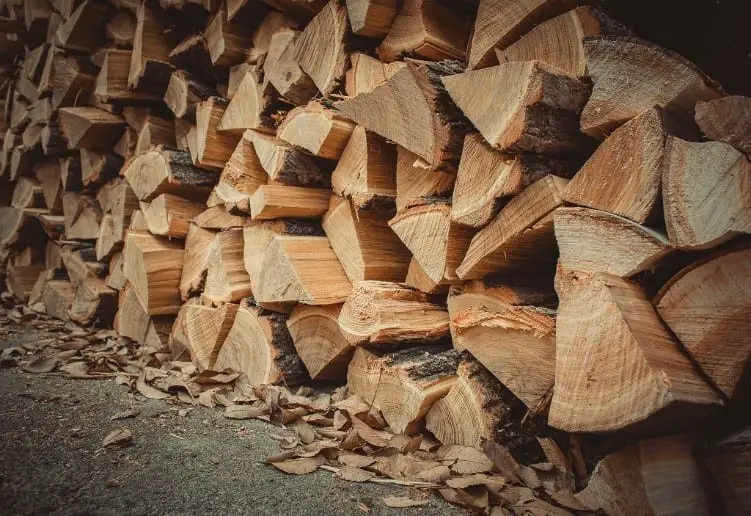Staining wood lets you preserve the natural appearance of the wood grain. It helps protect wood from the elements and keeps it free from moisture, molds, and rot. Staining is a simple process yet it offers a lot of benefits to wood. This guide will show you how staining is done efficiently.
How to stain wood
Wood stains are available in different kinds. You must first know what type of wood you are working on to determine what kind of stain and what affects you can expect at the end.
The basic types of wood are softwoods and hardwoods. Softwoods include pine, cedar, and fir while hardwoods are oak, beech, elm, ash, and walnut to name a few. Learning about these types of wood can help you understand how these are stained and finished.
Things you will need
- Wood conditioner
- Sandpaper of varying grits (low, medium and fine)
- Rags, cloth
- Paintbrushes
- Stain
Instructions
1) Choosing the right stain

Source: https://www.chrislovesjulia.com/6-different-stains-look-5-popular-types-wood/
Use a wood conditioner for soft woods. If you see that the wood has uneven wood grain or has blotchy patterns on it then you must be working on softwood. When this type of wood is stained it will stain unevenly. Stain should enhance the natural beauty of the, therefore, you must use a wood conditioner. This product will penetrate into the wood fibers so that the wood will stain evenly. Read the manufacturer’s instructions on how to use their wood conditioner product.
Hard woods will take more coats. If you see that the wood has a consistent pattern to the grain, then you may be dealing with hardwood. Therefore you can use any kind of stain you want to enhance its grain.
2) Preparing wood

Source: https://www.wikihow.com/Wet-Sand-Wood
Inspect the wood for dirt, grease, and grime. You need to remove these before you start staining your wood.
Sand the surface. For flat surfaces use a lower grit sandpaper 60 or 80 grit to remove any dirt and scuffs. Afterwards, use higher grit number 100 or 120 grit. If you want a finished depth of stain, just use 100 or 120 grit. If you want a lighter effect use a higher grit.
Use sandpaper with a high grit number 200 or more afterwards and add multiple coats of stain.
After you are done sanding, wipe down wood using a damp cloth to make sure that there are no debris or dust that can come in contact with the surface as it is being varnished.
3) Staining wood
Know the different types of stains and what the effects of each on wood. Oil-based stains offer long-lasting wood tone color because these have the ability to penetrate deep into the pores of the wood to protect and seal it. On the other hand, water-based stains provide an even color but will not absorb very evenly like an oil-based stain.
There are gel-type stains that can add natural colors. It can be used on wood and non-wood products however this can be quite hard to penetrate into the many grooves and marks in the wood.
Pastels are oil-based wood stain that offers unique pastel colors as this highlight the grain of the wood. Pigment stains were made to fill the grains, therefore, will leave the wood surface with less colorant.
Whatever stain you use, make sure that it has been stirred well. Use a stick or shake the bottle or can before applying the stain. Use a brush, sponge or a rag to apply the stain on wood. Work in one continuous movement across the wood. You must always go with the grain and make sure that the entire piece is brushed evenly.
4) Drying the stain

Source: https://www.thesprucecrafts.com/tips-for-applying-wood-stain-3536495
You must wait at least 5 to 15 minutes for the stain to completely absorb. Keep in mind that the longer you wait, the darker the stain will become. When you are satisfied with the stain color, place the wooden piece on a flat surface like your workbench or working table and let this dry for 6 to 8 hours.
Conclusion
Staining wood takes time to do and a lot of important decisions to make. Take note that the outcome will depend on the type of wood you are working on, the kind of stain and the amount of sanding and the number of coats you applied on the wood piece.








